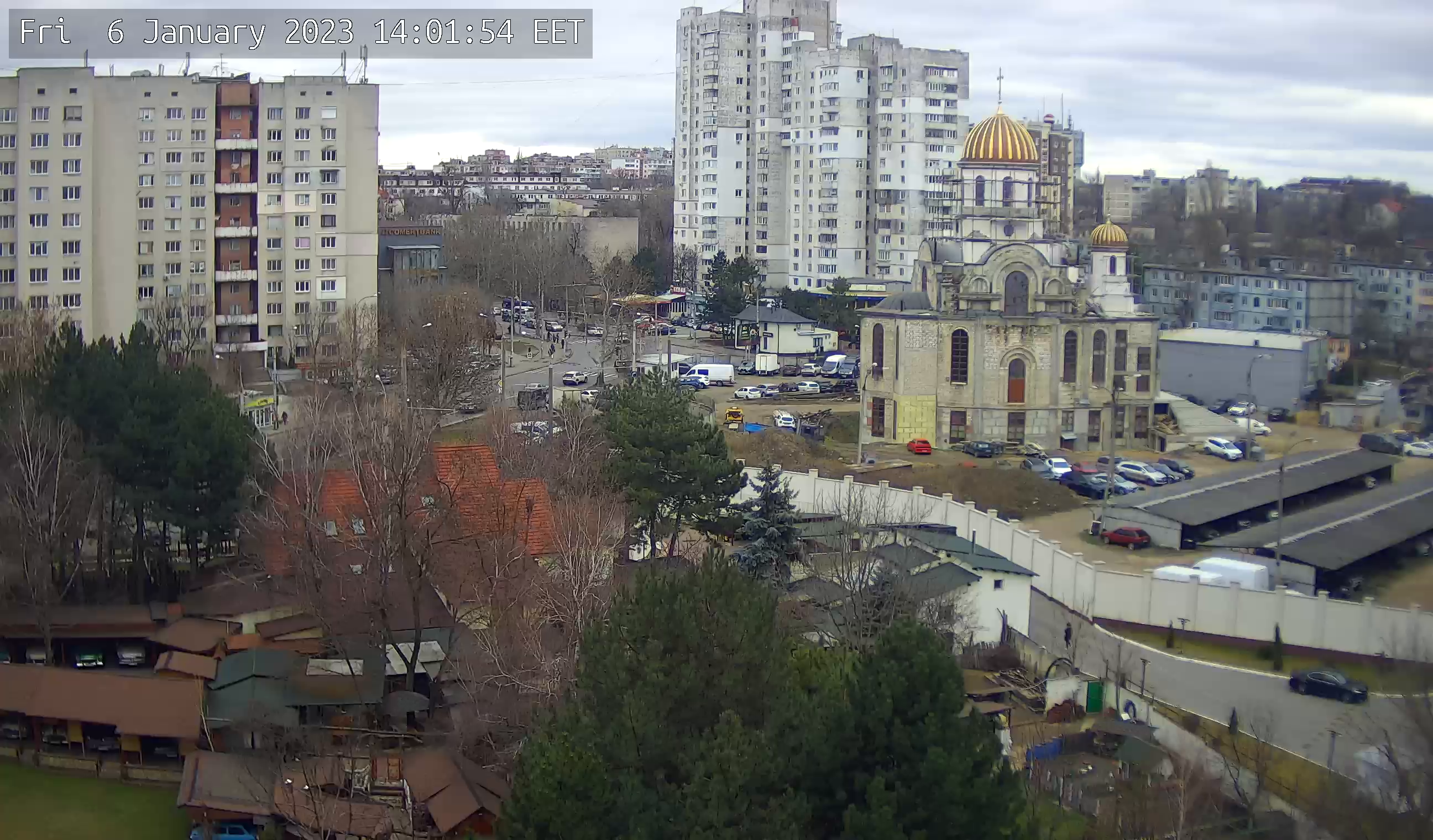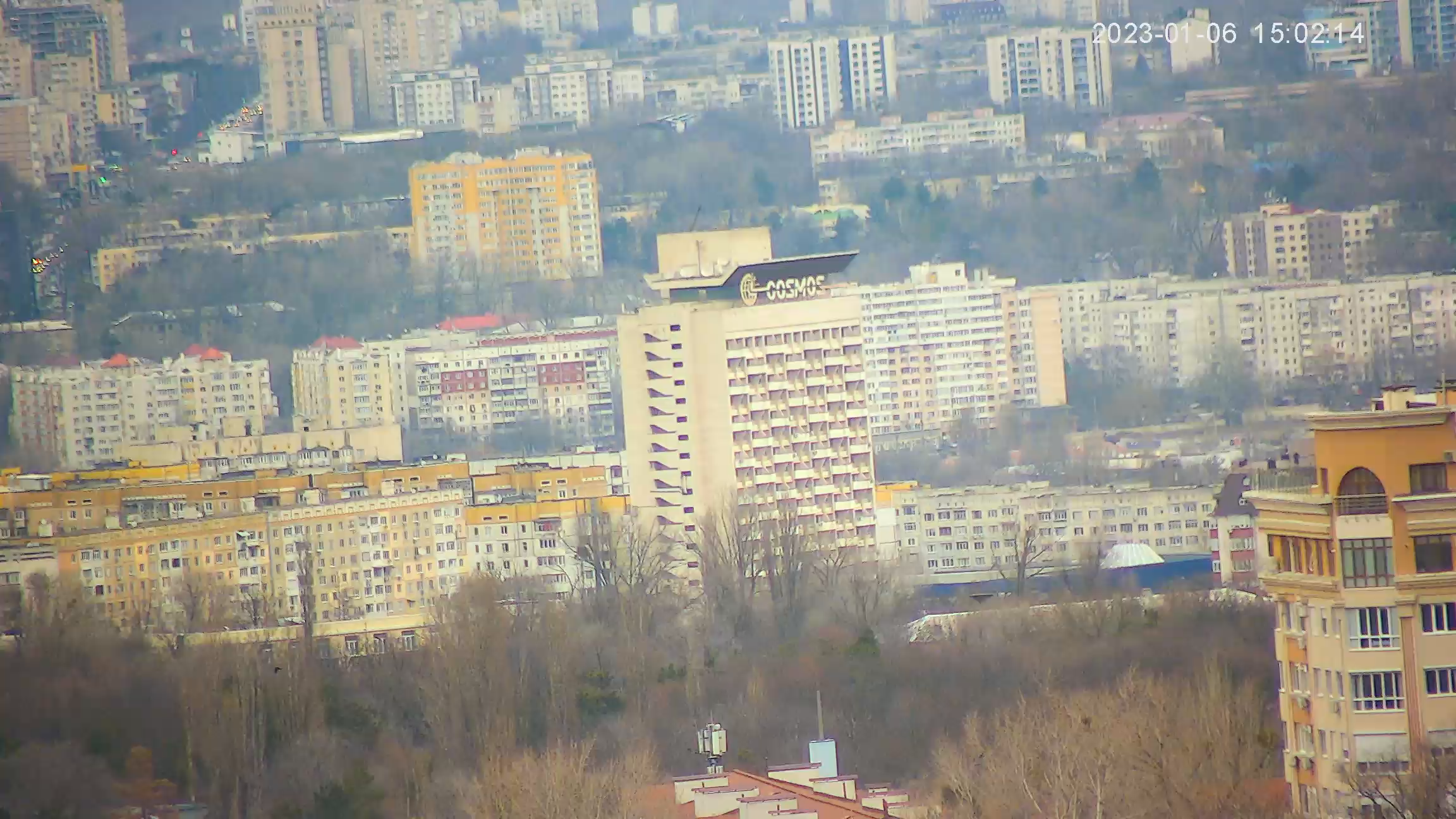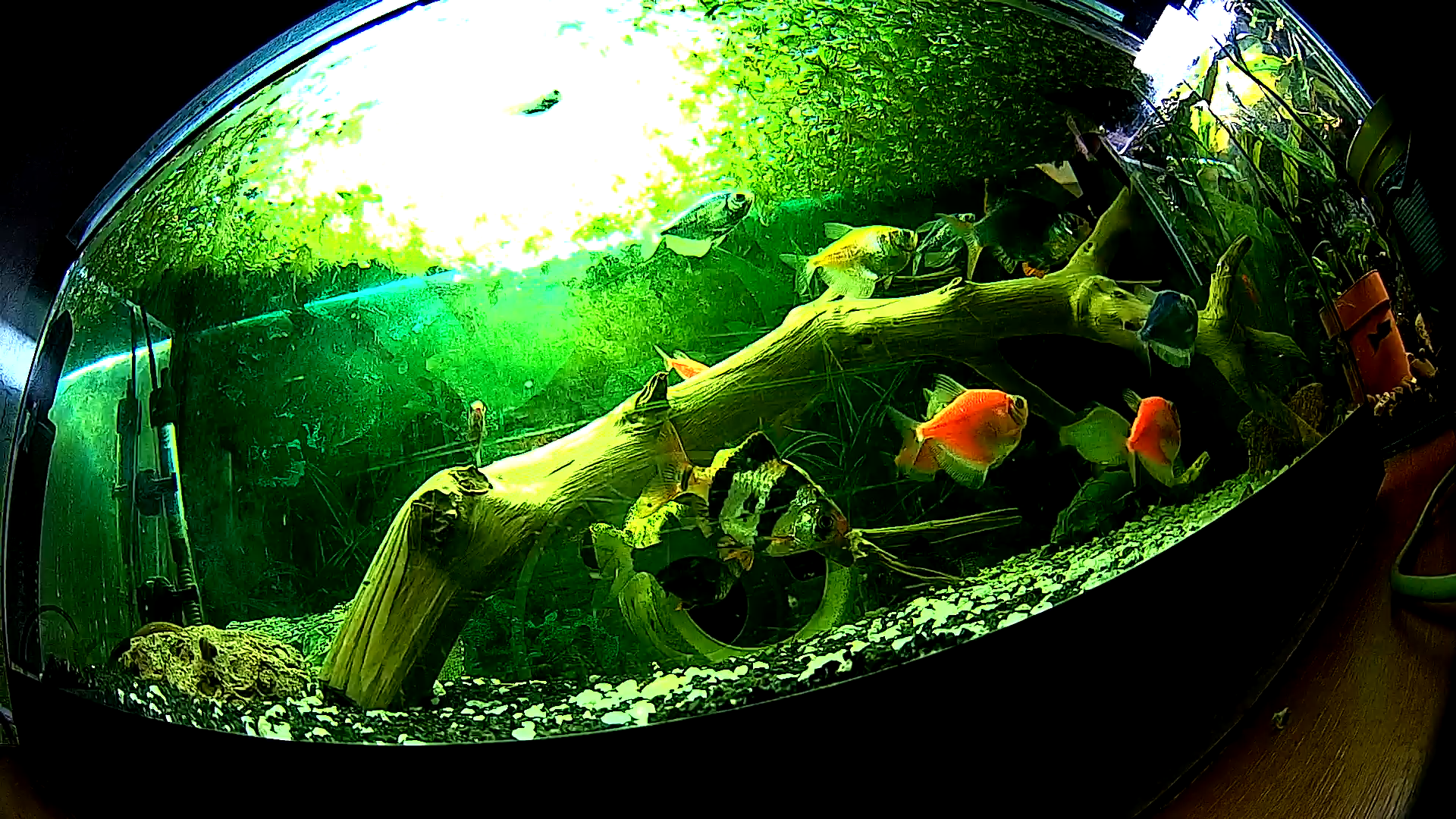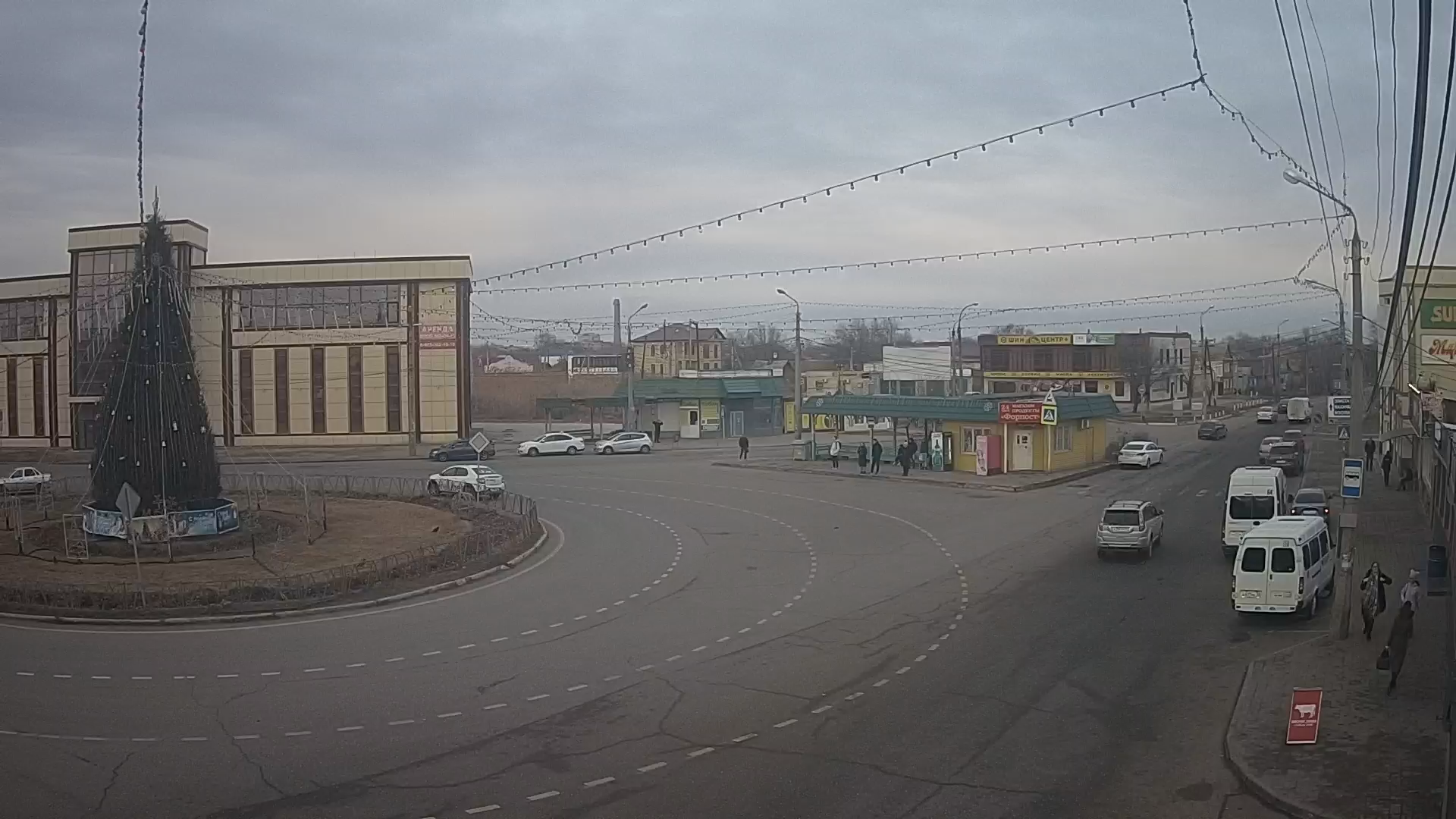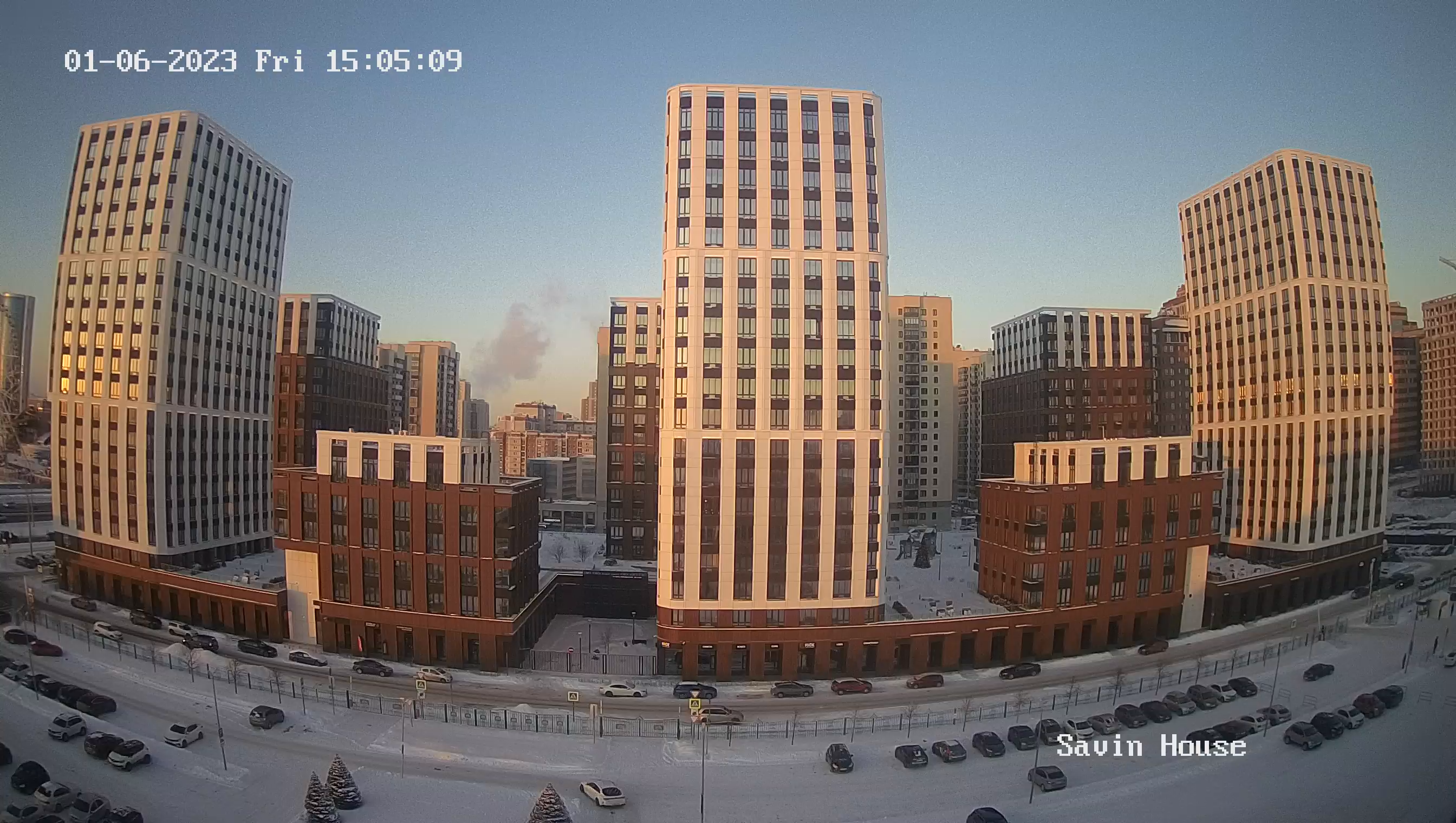Webcam Pushkin. Entrance to Catherine Palace (Leningrad region).
The magnificent Baroque monument attracts many Russian and foreign tourists to the modern city of Pushkin. Catherine Palace has preserved the memory of all its owners and today has the status of a state museum. Of the 58 halls that were destroyed during the Great Patriotic War, 32 have been restored (2019). The pearl of the exposition is considered to be the unique Amber Room.
The exposition of the Catherine Palace (before 1910 - the Great Tsarskoselsky Palace) covers more than 300 years of history of the outstanding monument and introduces the creativity of the architects who participated in its construction and decoration in the XVIII-XIX centuries, as well as the achievements of the restorers who restored the palace after the Great Patriotic War. Of the 58 rooms of the palace, destroyed during the war, 32 have been recreated.
In 1717, when St. Petersburg was being founded on the banks of the Neva River, under the direction of the architect I.-F. Braunstein the construction of the first stone palace of Tsarskoye Selo which became known in history as the "stone palace" of Catherine I. In August 1724, as a sign of the completion of construction, a celebration was held in the palace, during which "thirteen cannons were fired three times". The tsar and important statesmen were present at the celebration. At that time the palace was a small two-storey building typical for Russian architecture of the early 18th century.
During the reign of Empress Elizabeth, at the end of 1742 - beginning of 1743 it was decided to extend the building according to the project of M. Zemtsov (1688-1743) but the death of the architect prevented the implementation of the plan. After Zemtsov the work in Tsarskoye Selo was carried out by A. V. Kvasov (1720 - after 1770) and his assistant G. Trezzini (1697-1768), but in May 1745 Trezzini was succeeded by the famous architect S. I. Chevakinsky (1713-1780), who had supervision over the construction in Tsarskoye Selo until the early 1750s.
From late 1748 to 1756 the construction of Tsarskoye Selo was headed by the chief architect of the Imperial Court, F. Rastrelli (1700-1761). On 10th May 1752 Elizabeth Petrovna signed a decree on the major reconstruction of the old building, and on 30th July 1756 Rastrelli showed his new creation to the crowning client and foreign ambassadors.
The palace, built in the Baroque style, was admirable for its size, its powerful spatial dynamics and "picturesqueness" of the decor. The broad azure ribbon facade with snow-white columns and gilded ornaments looked festive. Rastrelli decorated the palace facades with figures of atlants, caryatids, lion masks and other moulded decorations, based on models by the sculptor J.-F. Dunker (1718-1795). Above the northern block stood the five gilded heads of the Palace Church; above the southern block - where the front porch was - was a dome with a star of many points on a spire. About 100 kilograms of pure gold were used to gild the exterior and interior decorations. Then was finally decorated the parade ground, enclosed by palace wings and located in a semicircle one-story service buildings - circumferents.

